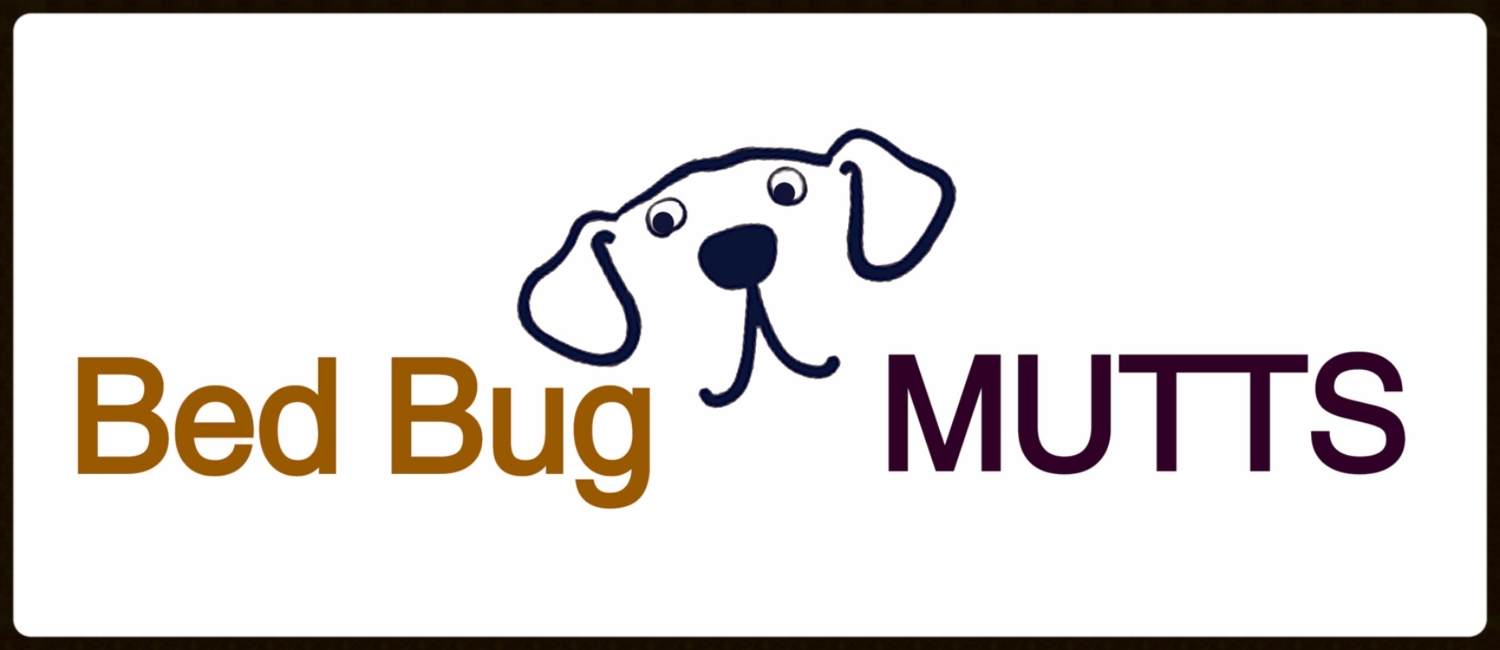This manual is recognized for its accuracy and thoroughness - starting with natural history/biology and health concerns, to state laws and treatment guidelines for various institutions and industries. It ends with 12 appendices covering treatment agreements, complaint forms, parent bed bug inspection report, agency and public roles, etc. As I said it is thorough.
Keep in mind the laws/regulations are specific to the State of Michigan. Although a good reference point, Canadian provincial pest management regulations differ from American pest management laws. Differences exist between provinces as well. Please check into your own provincial and municipal laws/regulations before embarking upon a course of action. An ounce of knowledge is worth more than a gallon of pesticide.
The publication, while comprehensive, has a few (admittedly very few) shortfalls.
- The move into treatment guidelines, does not emphasize sufficiently the paramount need to positively identify - by a qualified individual - the presence of bed bugs (page 7). However, the subsequent pages (9-12) provides good coverage of possible alternative causual agents; agents which are far too often overlooked and ignored
- The section on bed bug dogs (page 30) suggests the use of a second dog to confirm an alert. Although this may sound plausible on the surface, have you ever heard of a second drug sniffing dog called in to confirm a stash? No, because it makes more sense to physically confirm the presence of the stash. That is what the police do and that is what a professional bed bug dog handler should do - stop, look and confirm; "show me the bug".
- On the same page, dog handler team certification is mentioned. As the bed bug dog industry is very young, there are a number of professional certification organizations forming, mainly in the US. In time, a code of practice and generally accepted standards will emerge. In the meantime, ask questions of the handler, trust your instincts and remember the bed bug dog is a recent entry into the world of canine scent detection, based on the same proven principles of drug, bomb and search and rescue sniffing dogs.
- Isolation techniques are presented (page 33), and while they may provide immediate physical and psychological relief, there is a school of thought developing that these very techniques may actually assist in dispersing the infestation - creating a larger, bigger, more expensive bed bug problem.
In all, this comprehensive guide to identify, treat, manage and prevent bed bugs should be included in your bed bug library: Michigan Manual for the Prevention and Control of Bed Bugs, September 2010



